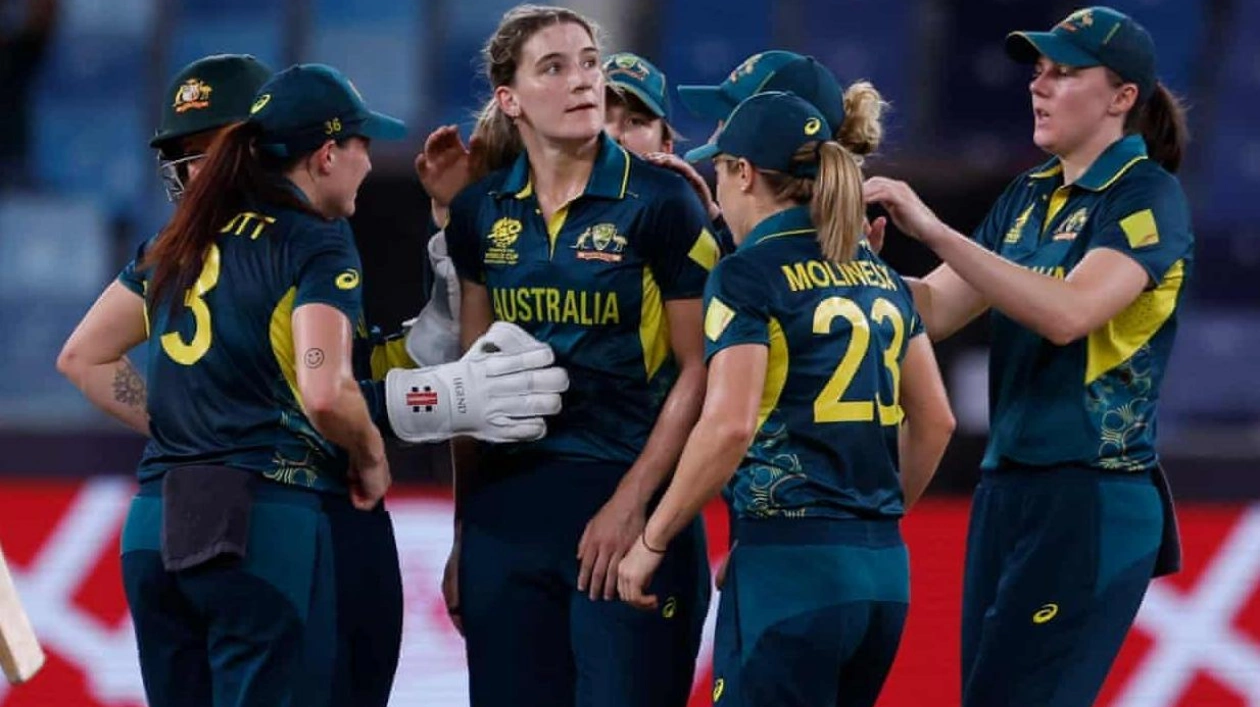In the 15th over of South Africa’s innings during the first semi-final of the 2024 Women’s T20 World Cup, Annabel Sutherland dismissed Laura Wolvaardt for 42, with Tahlia McGrath taking the catch at mid-off. McGrath’s subdued reaction initially made it seem like the umpire had called a no-ball. A lackluster high five with Sutherland confirmed Wolvaardt’s dismissal, but McGrath knew it was too little, too late.
This moment encapsulated the match, with disappointment and frustration evident on the Australians’ faces as they struggled to regain control. This performance was unusual for the three-time reigning champions, often considered one of the world’s most dominant teams. While recent victories haven’t always been commanding, the team’s resilience usually allows them to recover and find a way out of trouble.
If the top order fails, the middle order steps up. If the run rate is slow, powerhitters down to No 9 can accelerate. If the batters don’t reach a formidable total, the bowlers take early wickets. If an opponent starts a big score, there are numerous bowling options for the captain. Many attribute Australia’s loss to the absence of injured captain Alyssa Healy, though it’s clear her absence was significant.
Australia’s strength lies in not relying on one player. In many international teams, opponents need only neutralize one or two key players to gain control. Australia’s deep batting, bowling, and wicketkeeping talent means this is rarely an issue. The loss of Ellyse Perry in the 2020 Women’s T20 World Cup final was a major talking point, but the team’s 85-run victory without her answered any doubts.
Healy is crucial, but the team won’t use her absence as an excuse for the loss to South Africa. The focus now shifts to the second semi-final between New Zealand and the West Indies to see who will face South Africa in the final. This decider promises to be a game-changer for women’s cricket, as other teams show signs of closing the gap on the top-ranked Australia, England, and India.
For Australia, the question is: what now? On the surface, the answer might seem simple—cricket is unpredictable, and even dominant teams lose. The loss of the captain complicates matters, but the team must return to full strength and continue as usual. However, the Australian team demands excellence, and questions will be asked about team balance and plans for unexpected losses of key players.
Earlier this year, Australia toured Bangladesh without any uncapped players, citing T20 World Cup preparation. This unexpected loss raises questions about short-term succession planning. The team’s long-term strength has made it difficult to hold selectors accountable—domestic players can dominate without appearing in national team considerations. Within the squad, opportunities for Healy to step back and allow others to gain experience could have been beneficial.
This disappointing loss could spark greater accountability and a refresh in selection strategy and game tactics. While the team would have preferred to win the trophy, this loss could ultimately lead to even greater achievements.






